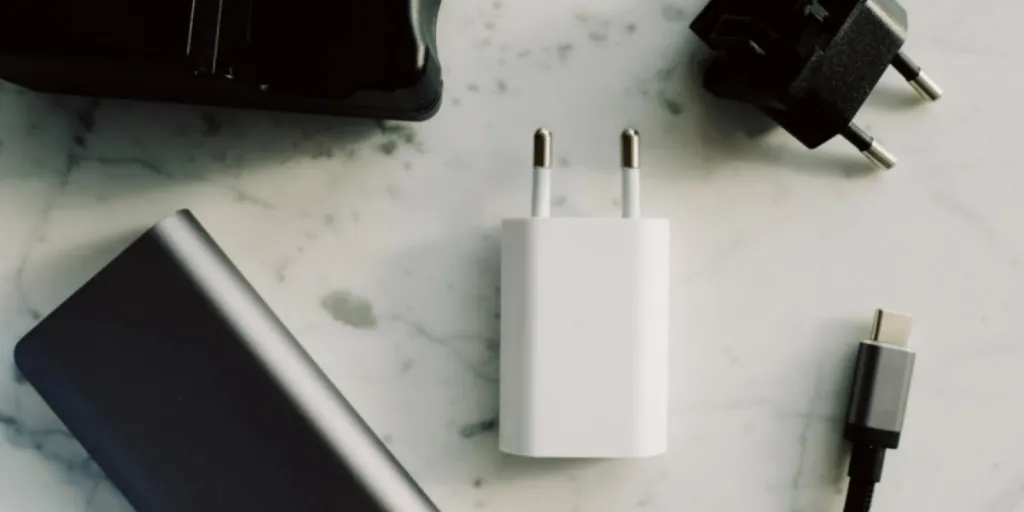In 2024, the world of chargers and adapters has taken a significant leap. These tools, once simple conduits of power, now boast advanced features that optimize device performance, reduce charging times, and ensure global compatibility. With innovations like gallium nitride technology and multiport capabilities, they cater to the diverse needs of modern devices, from smartphones to laptops, ensuring efficient energy transfer and prolonged battery life. Their evolution reflects a broader shift in the tech landscape, where adaptability and efficiency are paramount.
Table of Contents
Market metrics and data insights
Differentiating chargers from adapters
Elite products and their standout features
Final words
Market metrics and data insights
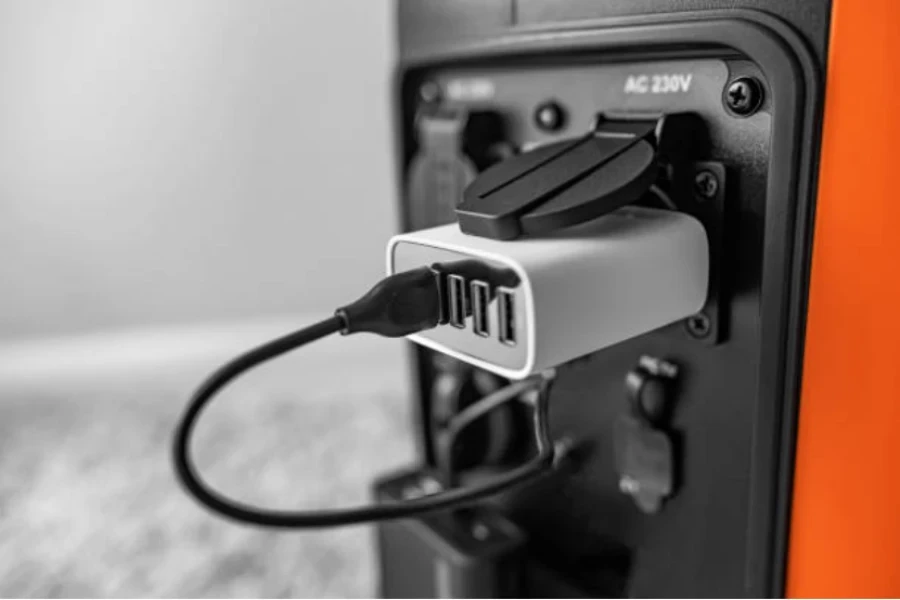
In the realm of chargers and adapters, 2024 has witnessed a surge in market dynamics and consumer demand. The technological advancements in this sector have not only redefined the way devices are powered but have also influenced purchasing patterns and market trajectories.
Current market dimensions
The realm of chargers and adapters is witnessing a dynamic shift, both in terms of technological advancements and market valuations. According to recent data, the charger market is currently valued at US$ 6.93 billion in 2023. With innovations and increasing demand, it’s projected to reach a valuation of US $8.22 billion by 2028, growing at a 3.5% CAGR from 2023 to 2028. In contrast, the adapter market, which was pegged at approximately USD 10.63 billion in 2022, is on a trajectory to double its valuation, aiming for USD 21.76 billion by 2032.
Consumer inclinations and purchasing patterns
Consumer behavior in 2024 is also shaping the market landscape. With the rise of remote work and the digital nomad culture, there’s a noticeable uptick in the demand for efficient and travel-friendly chargers and adapters. Moreover, as consumers become more tech-savvy, there’s a growing inclination towards products that offer rapid charging capabilities, multi-device support, and enhanced safety features. This shift in preference is crucial for retailers to understand, ensuring they stock products that resonate with the current consumer pulse.
Differentiating chargers from adapters
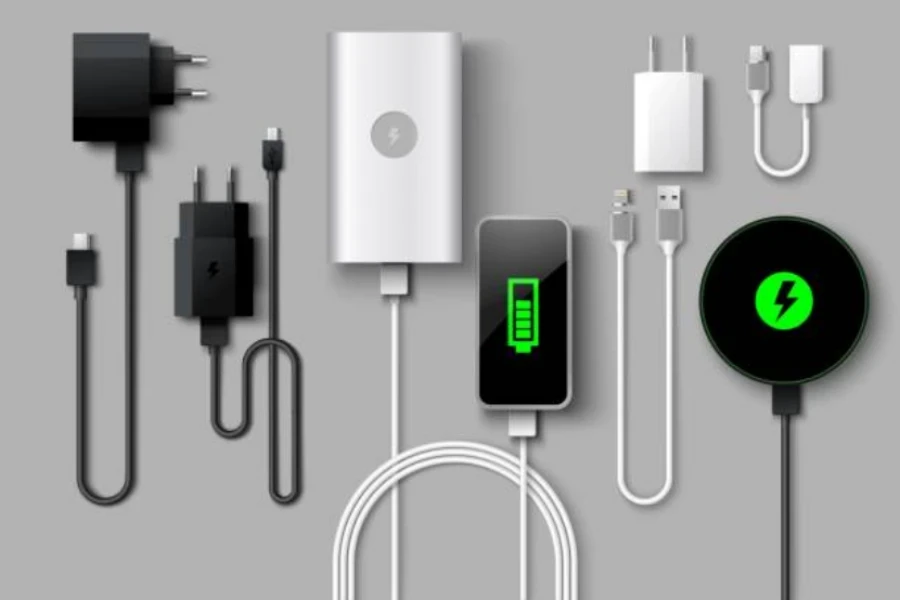
Chargers: Beyond basic power delivery
Chargers are the unsung heroes of our digital age. Their primary mission is to rejuvenate device batteries, ensuring our gadgets remain functional. This core function, however, has evolved with technological advancements. Cutting-edge charging technologies have emerged, significantly impacting the retail landscape. For instance, the introduction of fast-charging capabilities has set new standards for charging speeds, ensuring devices power up in record time.
Moreover, as we transition into a multi-device era, the demand for convenience has skyrocketed. Recognizing this, manufacturers have introduced multiport USB chargers. These chargers allow users to charge multiple devices simultaneously, eliminating the need for multiple charging outlets and promoting efficiency.
Adapters: The power conversion maestros
While chargers rejuvenate our devices, adapters play a pivotal role in ensuring the power delivered is safe and compatible. Their primary function is to modulate electrical currents, converting them to levels suitable for our devices. The quest for a universal design in adapters is gaining momentum. This push aims to create adapters that can serve a myriad of devices, simplifying the user experience.
Another significant advancement in the adapter realm is the introduction of Gallium Nitride (GaN) technology. GaN has revolutionized adapter efficiency. Its properties allow for more compact designs without compromising on power delivery, making it a game-changer in the industry.
Drawing the line between chargers and adapters
Chargers and adapters, while often used interchangeably, serve distinct functions. Distinguishing between chargers and adapters is crucial, especially for online retailers and business professionals in the industry.

A charger’s primary role is to provide power to recharge batteries in devices, ensuring they have the energy needed for operation. It converts electrical energy from a power source into a form suitable for storing in a battery. On the other hand, an adapter is designed to modify the electrical current or voltage from a power source to match the requirements of a particular device. It ensures compatibility between the power outlet and the device’s input specifications. In essence, while chargers rejuvenate device batteries, adapters act as intermediaries, modulating electrical currents to ensure safe and efficient device operation.
This distinction has significant retail implications, as it guides product categorization and marketing strategies. However, there are prevalent myths surrounding these two devices. One common misconception is that all adapters can charge devices. While some do offer this feature, not all adapters are built for charging. It’s essential for industry professionals to debunk such myths, ensuring product clarity and informed purchasing decisions.
Elite products and their standout features
Chargers setting the gold standard
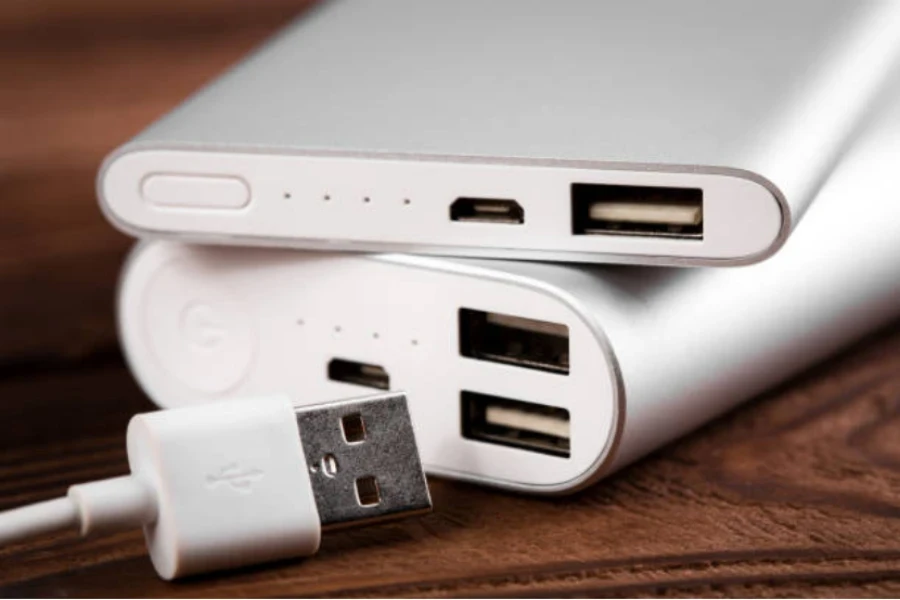
In the realm of portable chargers, the evolution has been nothing short of remarkable. Take, for instance, the Nimble Champ Portable Charger, which is a testament to compact efficiency. Despite its pocketable size, it boasts a 10,000mAh battery, capable of charging two devices simultaneously. Its fast-charge protocols ensure up to 80% charge in just 30 minutes, according to Digital Trends. Another notable mention is the Imuto 20000mAh Portable Charger. This powerhouse not only offers a high capacity but also features a smart digital display, ensuring users are always aware of the remaining power.
Adapters as the global nomad’s essential
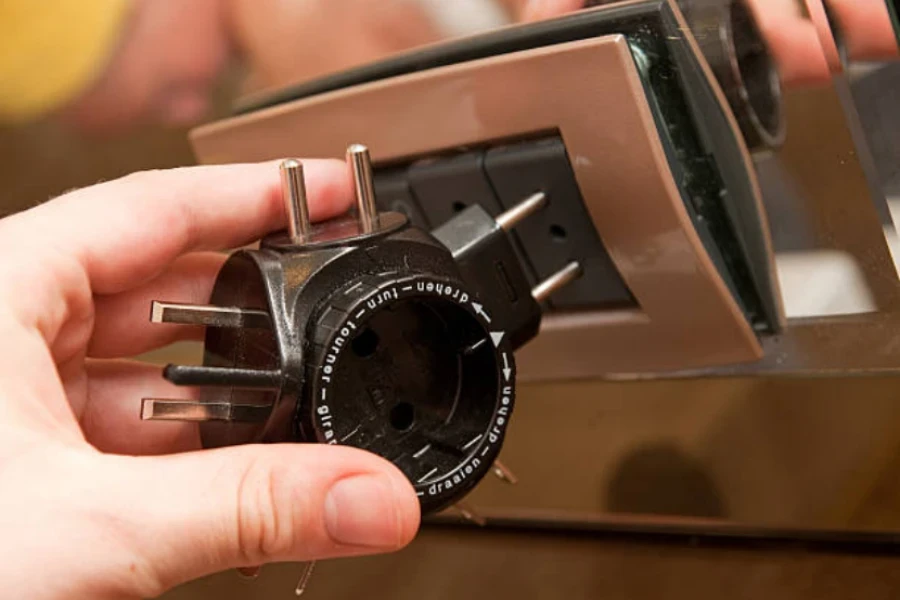
For the global traveler, the Charmast 26,800mAh Slim Portable Charger is a game-changer. With its impressive capacity, it can charge an average phone five times. Its design is slim yet robust, and its multiple input and output options make it versatile for various devices. Another noteworthy adapter is the Iniu Portable Charger, which, despite its 20,000mAh capacity, is priced affordably. It offers three USB ports, two of which employ Quick Charge technology, ensuring rapid charging for devices.
Inventory insights for curating the best
When curating an inventory for retail, it’s essential to consider the diverse needs of consumers. For instance, the Yelomin Solar Charger Power Bank is perfect for outdoor enthusiasts. With its 20,000mAh capacity, it can be recharged using solar power, making it ideal for extended trips in sunlit areas. On the other hand, the Elecjet PowerPie Power Bank offers a sleek design without compromising on power. Its 20,000mAh battery ensures devices remain charged, and its dual charging capabilities mean multiple devices can be powered simultaneously.
Whether catering to the tech-savvy business traveler or the outdoor adventurer, having a diverse range of products ensures that all consumer needs are met. As technology continues to evolve, staying abreast of the latest innovations and understanding their implications for retail will be paramount.
Final words
As the technological landscape continues to evolve, the charger and adapter domain is poised for transformative shifts. With innovations like gallium nitride technology redefining efficiency and multiport USB chargers catering to the multi-device era, the future holds immense promise. Retailers, by staying attuned to these advancements, can ensure they offer products that resonate with contemporary needs. Moreover, as consumer preferences lean towards rapid charging and global compatibility, curating an inventory that aligns with these inclinations will be pivotal. In this dynamic market, foresight and adaptability will be the cornerstones of sustained success.
